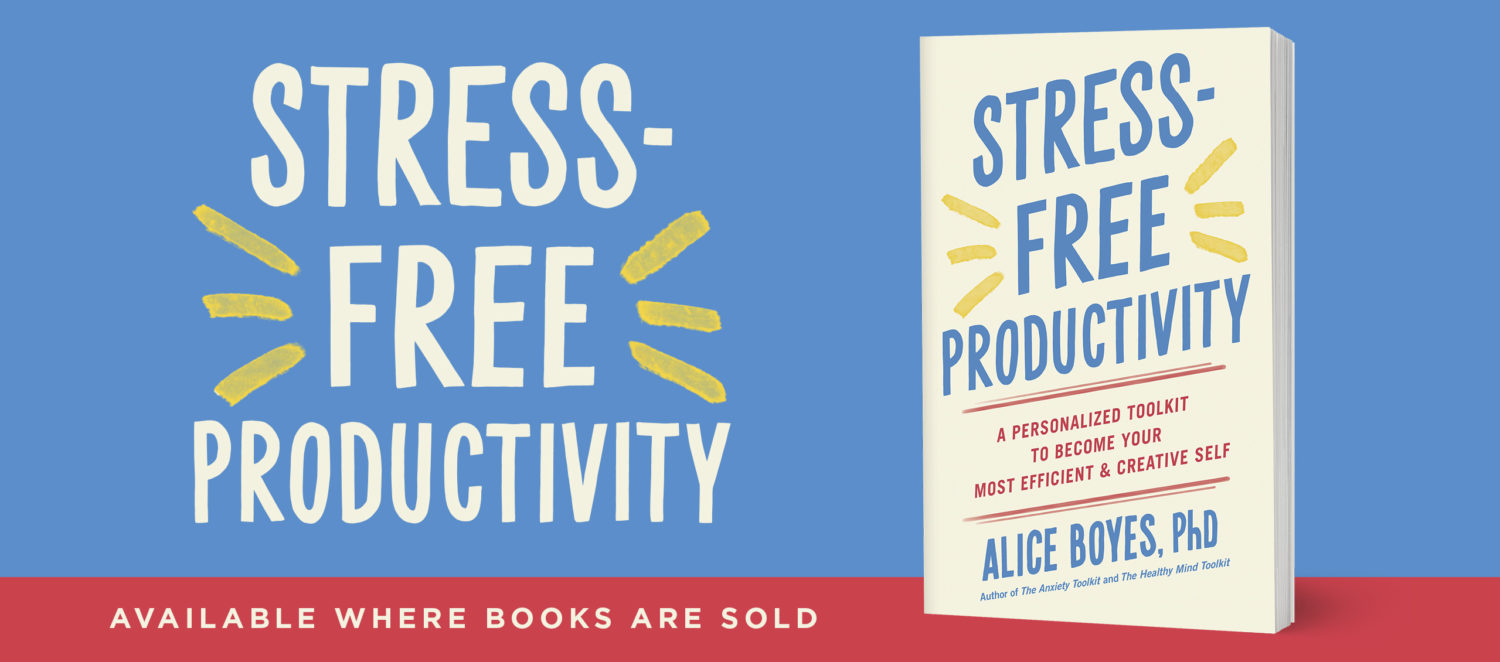Practical Sleep Tips (Insomnia)
– Only use your bedroom for sleep and sex.
– Have a bedtime routine for cueing yourself into winding down for sleep, just as you would for a child. Stop doing stimulating activities at least 1-2 hours before bedtime.
– Go to bed and get up at the same time everyday.
– For when you can’t get to sleep: If you are lying awake in bed and you’re not sleepy, get up and do something non-stimulating for 15-20 minutes. Keep the lights low. If you’re feeling sleepy after 15-20 min of non stimulating activity, go back to bed. Otherwise repeat another 15-20 minutes of non-stimulating activity until you feel sleepy. Still get up at your usual time. You can apply this same procedure if you wake up during the night and cannot get back to sleep.
– If you are having a lot of trouble sleeping, another option is a procedure that involves short term sleep deprivation to achieve “sleep efficiency” of 85-90%, meaning you are asleep for 85-90% of the time you are in bed. The way this is done is, for example, let’s say a person is currently sleeping 4 hours a night and they need to wake up at 8am. In this case, the person would initially go to bed at say 3.30am, and then their bedtime would be made gradually earlier and earlier, while “sleep efficiency” of 85-90% was maintained.
– Exercise, mealtimes, and social stimulation can all affect sleep. For example, when our body temperature becomes cooler at night due to cooler nighttime air temperatures, this cues sleep. However if you exercise too close to bedtime, the exercise will raise your body temperature and potentially confuse your sleep system.
– Alcohol can make it easier to get to sleep, but makes disrupted, poor quality sleep, and poor sleep rhythms more likely
Adapting sleep treatment recommendations for people with bipolar disorder.
If you have bipolar disorder:
Some general guidelines
– While getting up at the same time each day is normally recommended, its probably more important for you to get at least 6 and 1/2 hours sleep overnight even if this means getting up later than usual after nights when you have had trouble sleeping.
“Sleep efficiency” treatments that would involve getting less than 6 and 1/2 hours sleep at night probably aren’t the right approach for you.
– You may need to get into bed before you feel sleepy in order to have more time to down regulate. Having a sleep routine for before you get into bed and once you get into bed will help cue your down regulating.
– If you are lying awake and do not feel sleepy, I’ve recommended getting up and doing something non-stimulating for 15-20 minutes. It might be harder for you to find activities that feel non-stimulating, so be aware of this. Things like keeping the lights very low might help.





